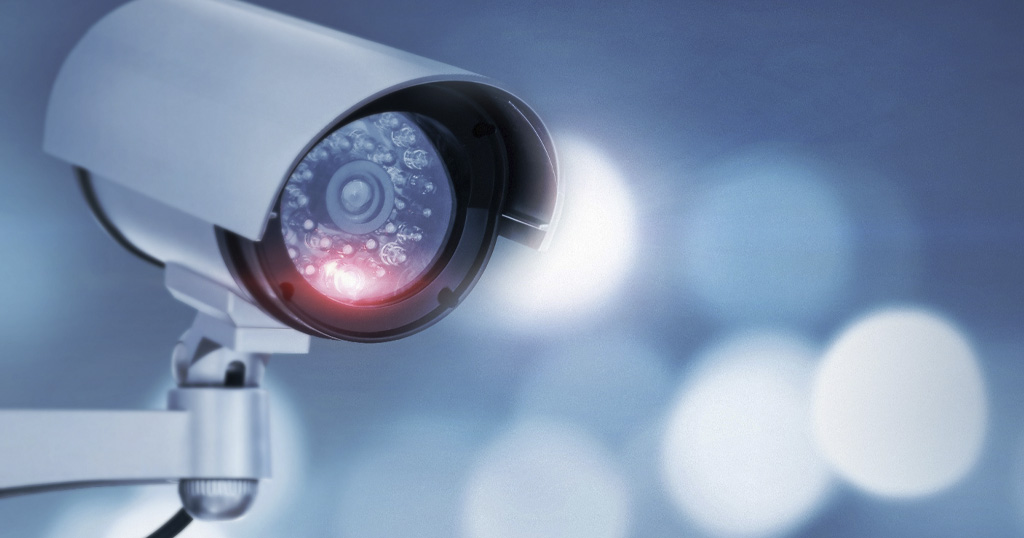Patent, utility model or design?
What’s the difference between these rights, and how do you choose which one to use?
Technical function or appearance – Patent or utility model vs design
A patents or a utility model both protect a technical function or mode of operation of a product, whereas a registered design protects the physical appearance of a product. If your product distinguishes itself by its technical function, then protecting the product by means of a patent or a utility model is appropriate.
If the appearance of your product clearly distinguishes the product from comparable products, it may be relevant to protect the product by means of a design registration. In the case that the technical function as well as the physical appearance of the product are important, a strong protection may typically be obtained by combination of a patent or utility model right with a design right.


Patent or utility model
Sometimes the utility model is referred to as the “little patent”. Originally, a utility model was intended for a craftsman who invented a new tool or the like. It differs from a patent in that a “small invention” may be protected, even though it would not qualify for the grant of a patent. In legal terms, the grant of a patent requires that an invention must be inventive, that is, it must not be obvious in view of the prior art. By contrast, an invention just needs to be novel and differ clearly from the prior art in order for a utility model to be granted.
Whereas patent protection is an option in most states in the world, only some states allow for utility model protection. States offering utility model protection are for instance Denmark, Germany and China. Local differences may apply, however, typically a utility model may be kept in force for between 6 and 15 years from filing, whereas, typically, 20 years is the case for a patent. Moreover, a patent may protect a process, such as a method of manufacturing, something which a utility model typically cannot.
When should you choose a utility model rather than a patent?
If you want protection in many states, a utility model is not suitable, but if the product cannot be patented, because is does not differ substantially from previous products, i.e. it is not inventive, then a utility model may possibly be obtained in some states. In some states, it is possible to register a utility model without having it examined by the authority. This can be an economical way of potentially protecting a product. The value of the protection is not known before an eventual request for examination of the registered utility model, for instance in connection with a potential infringement of the utility model right.

Is a utility model cheaper than a patent?
This is typically the case, in particular, if it is filed with the authority without examination. The reason that utility models are generally perceived as cheaper rights relates to the fact that the right is often used in connection with “smaller inventions”, where the description of the invention and figures are limited to a minimum. However, a utility model can be used strategically in order to obtain a protection that is important for marketing a product that is not patentable because it does not differ substantially from already known products. In such cases, the utility model application may advantageously be prepared with just as many details as if it were a patent application. In fact, the resilience of the utility model to possible attacks for invalidity depends, to a large extent, on the thoroughness of the description of the invention in the application. As a consequence, a utility model can be just as valuable as a patent. The price of a thoroughly prepared utility model application will not necessarily differ substantially from that of a patent application.
Patent and utility model: A strategic combination
In certain states, such as Germany and China, it is a common practice to file both a utility model application and a patent application protecting the same invention. This has two advantages: that of a swiftly granted right in the form of the utility model; and that of the longer term of the patent. This results in a longer period during which a protective right may be enforced. Typically, the scope of protection of the utility model may be broader than that of the patent, whereas the patent may typically be more resilient to attack as compared to the utility model.
How can Guardian help you?
In order for your patent, utility model or design application to give you the desired protection against product imitations, it is always important to assess your situation and your requirements in order to choose the right solution, and to prepare the application or applications in a professional manner. Only then can you expect to gain a robust and resilient protective right. We at Guardian have many years of experience in these matters, and we have one of Denmark’s largest and strongest teams of European Patent Attorneys and European Design Attorneys providing expertise in many technical fields. You can confidently let us evaluate which options are best for you.
We strive to make it easy and simple for you as a client to obtain optimal protection of your ideas and inventions. We always use the best tools in the IP world to give you the best possible protection of your business. We want to understand the business context in addition to the technical details of your invention or the visual details of your design. We know that this is the best way of creating IP that gives you true value.
Read more: What does it take to get a patent?
Contact us
Please feel free to contact us. Guardian has one of Denmark’s largest and strongest teams of European Patent Attorneys and European Design Attorneys providing expertise in diverse technical fields. Reach out for us for a non-binding conversation.
Phone: +45 77 34 44 44
E-mail: mail@gipc.eu
Or choose to dialed up
Get valueable advice
By signing up for our newsletter, our experts will provide you with relevant advice about current topics within patents and designs.
We are Proud to be Recognised as one of the leading patent consulting firms in Europe by the Financial times.





